How to Protect Your Hair from Heat Damage | |
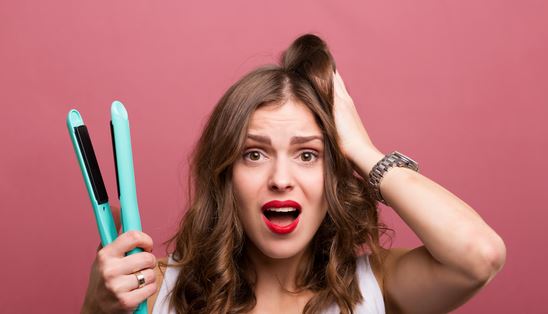
| |
Heat styling tools have become an integral part of our hair care routine. Whether it's a straightener, curling iron, or blow dryer, these tools help us achieve various hairstyles and looks. However, excessive heat can cause significant damage to our hair, leading to dryness, breakage, and dullness. It's essential to protect our hair from heat damage to maintain its health and vitality. In this article, we will explore effective ways to protect your hair from heat damage and keep your locks looking beautiful. Understanding Heat DamageBefore we delve into the protective measures, let's understand how heat can damage our hair. When exposed to high temperatures, the hair cuticles (the outermost layer) can become lifted, making the hair more susceptible to moisture loss. This leads to dryness, frizz, and brittleness. Additionally, excessive heat can weaken the protein bonds in the hair, causing breakage and split ends. It's crucial to minimize heat exposure and implement preventative strategies to safeguard our hair. The Importance of Heat ProtectionUsing heat protection products is vital for shielding your hair from the damaging effects of heat styling tools. These products create a barrier between the heat and your hair, reducing the direct impact and preventing moisture loss. Heat protectants also contain ingredients that help condition and nourish the hair, minimizing the potential damage caused by heat styling. Tips to Protect Your Hair from Heat DamageNow, let's explore some practical tips and techniques to effectively protect your hair from heat damage: 1. Use a Heat Protectant SprayBefore using any heat styling tool, apply a heat protectant spray evenly throughout your hair. Look for a spray that offers both heat protection and moisturizing benefits. Hold the spray about 6-8 inches away from your hair and mist it from roots to ends. Comb through your hair to distribute the product evenly. 2. Adjust the Heat SettingWhen using heat styling tools, such as straighteners or curling irons, always start with the lowest heat setting possible. Gradually increase the temperature if needed, but be mindful not to exceed what is necessary. Lower heat settings are gentler on the hair and minimize the risk of heat damage. 3. Limit Heat ExposureTry to minimize the frequency of heat styling to protect your hair. Embrace natural hairstyles whenever possible and reserve heat styling for special occasions. By reducing heat exposure, you give your hair a chance to recover and maintain its natural moisture balance. 4. Air Dry Before StylingWhenever feasible, allow your hair to air dry partially before using heat styling tools. Excessive heat applied to wet or damp hair can cause more damage. Towel-dry your hair gently, and let it air dry until it's about 80% dry before reaching for your blow dryer or other heat styling tools. 5. Use the Right ToolsInvest in high-quality heat styling tools that offer advanced temperature control and even heat distribution. Ceramic or tourmaline-plated tools are excellent choices as they provide consistent heat and minimize heat spots that can lead to damage. 6. Section Your HairWhen using heat styling tools, divide your hair into sections. This allows for more efficient styling and reduces the need to repeatedly expose each strand to heat. Use clips or hair ties to secure the sections you're not working on, ensuring that only one section is exposed to heat at a time. 7. Don't Overdo ItAvoid excessive heat exposure on the same section of hairfor prolonged periods. Limit the time you apply heat to each section to minimize the risk of damage. If you're using a straightener or curling iron, glide or wrap the tool through your hair smoothly and swiftly, avoiding excessive tugging or holding. 8. Opt for Heat-Free Styling AlternativesExplore heat-free styling alternatives to give your hair a break from heat styling. There are numerous options available, such as braiding, twisting, or using foam rollers to create curls or waves. These methods allow you to achieve a variety of styles without subjecting your hair to high temperatures. 9. Deep Condition RegularlyIncorporate deep conditioning treatments into your hair care routine to keep your hair well-nourished and hydrated. Deep conditioners provide essential moisture and help repair any damage caused by heat. Look for deep conditioning treatments that specifically target heat-damaged hair for optimal results. 10. Trim RegularlyRegular trims are essential to maintain healthy hair and prevent split ends. Heat-damaged hair is more prone to split ends, so trimming off the damaged ends every few months helps keep your hair in optimal condition. Consult with a professional hairstylist to determine the frequency and amount of trimming required for your hair. Frequently Asked Questions (FAQs)Q1: Can I use heat styling tools on damp hair? A: It's best to avoid using heat styling tools on damp hair as it can cause more damage. Excess moisture in the hair can lead to steam, which can weaken the hair shaft. Always ensure your hair is at least 80% dry before using heat styling tools. Q2: Can heat damage be reversed? A: While it's not possible to reverse heat damage completely, you can take steps to minimize further damage and improve the overall health of your hair. This includes using heat protectants, deep conditioning treatments, and following a proper hair care routine. Q3: Are all heat protectant sprays the same? A: Heat protectant sprays vary in their formulation and benefits. Look for sprays that offer heat protection and moisturization. Some sprays may also provide additional benefits such as smoothing, frizz control, or color protection. Choose a spray that suits your hair type and addresses your specific concerns. Q4: Can natural hair be protected from heat damage? A: Absolutely! Natural hair can be protected from heat damage by following the same tips and techniques mentioned. Using heat protectants, adjusting heat settings, limiting heat exposure, and incorporating deep conditioning treatments are beneficial for all hair types, including natural hair. Q5: Can I use homemade remedies to protect my hair from heat damage? A: While some homemade remedies may offer minimal protection, it's best to rely on professionally formulated heat protectant products. Homemade remedies may not provide adequate heat protection or address specific concerns related to heat damage. Q6: Can I use heat styling tools on color-treated hair? A: Yes, you can use heat styling tools on color-treated hair, but it's crucial to take extra precautions to prevent damage. Ensure your hair is in good condition before applying heat, and use heat protectants specifically formulated for color-treated hair to maintain the vibrancy and longevity of your color. ConclusionProtecting your hair from heat damage is essential to maintain its health and vitality. By implementing these tips and techniques, such as using heat protectant sprays, adjusting heat settings, limiting heat exposure, and incorporating deep conditioning treatments, you can enjoy beautiful, healthy hair without sacrificing your favorite heat styling tools. Remember, prevention is key, so prioritize the well-being of your hair by adopting heat protection measures and embracing heat-free styling alternatives whenever possible. Say goodbye to heat damage and hello to gorgeous,protected locks that radiate health and shine. | |
| Category: Hair Care | |
| Total comments: 0 | |
 |
| A beginner's guide to meditation and mindfulness |
 |
| Iconic fashion moments in film and television |
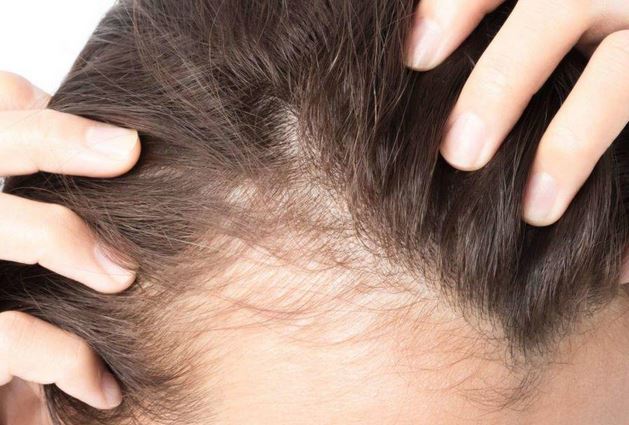 |
| The Science Behind Hair Loss: Causes and Solutions |
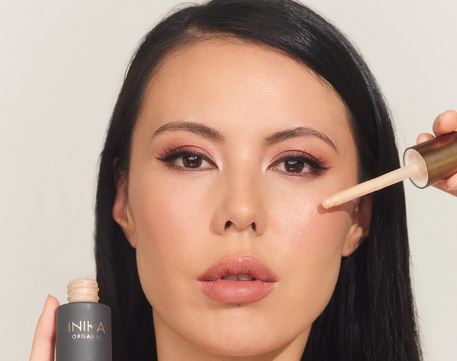 |
| Achieving a Radiant Glow with Highlighter |
 |
| Pet Halloween Costumes: Trendy Outfits for a Spooky Celebration |
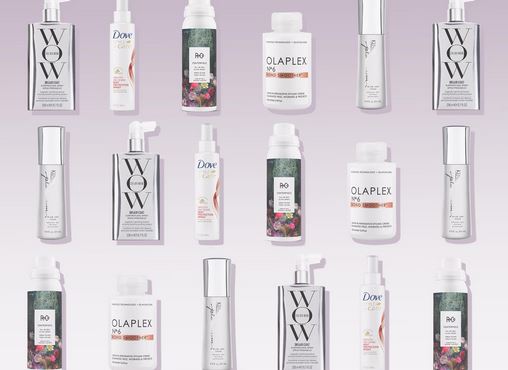 |
| The Best Heat Protectants for Hair Styling |
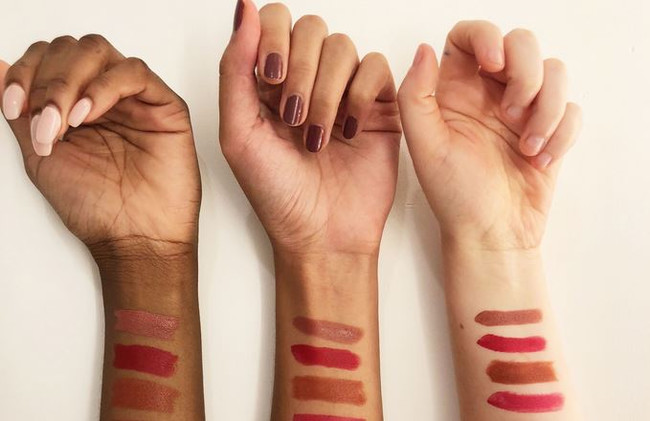 |
| The Power of Lipstick: Finding the Right Shade for Your Skin Tone |
 |
| The Best Foundations for Oily Skin: Long-lasting and Shine-free |
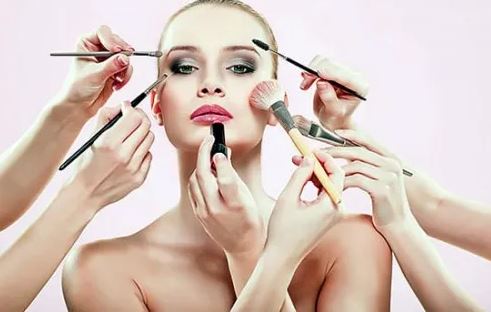 |
| Top beauty hacks for busy individuals |
